Slobot About Town XCI:
 |
 |
Forts of Spartanburg!
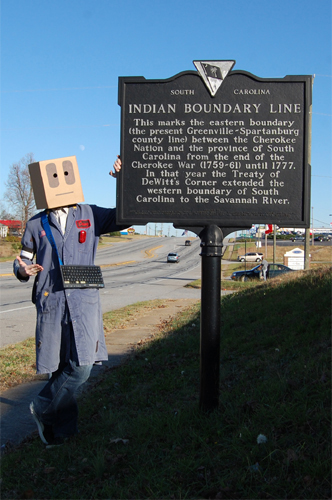
Slobot was wandering the Greenville/Spartanburg county line when he discovered a sign. |
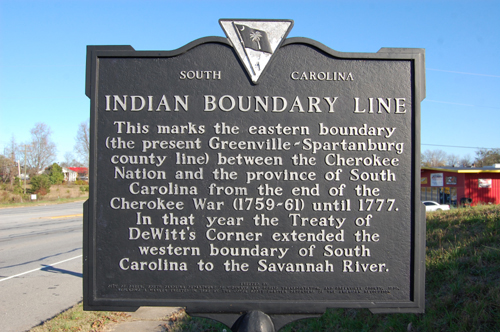
The sign commemorated the border that had once separated the Cherokee Nation from the colony of South Carolina. That border would run between what are now Spartanburg and Greenville counties until 1777. |
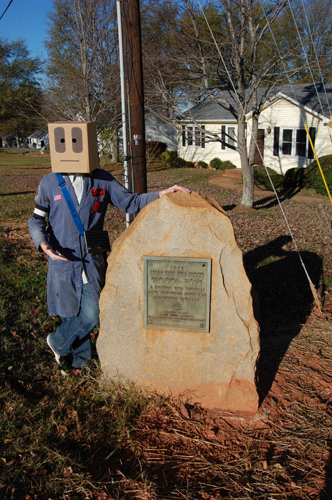
Anglo-Cherokee relations had largely been calm until the era of the French and Indian War (1754 - 1763). |
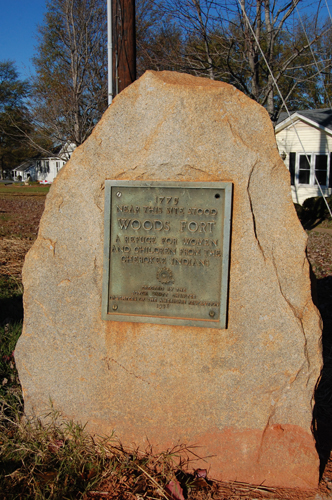
It would be in that year of 1754 that a slaughter would occur. 1754 would, indeed, be a banner year for slaughter in the Carolinas. The Guttery (or Guthrie) family of Thicketty Creek, for example, had been gathered for a wedding when the Cherokee struck, killing 16 of 21 adults. Their bodies would allegedly be piled with those of slaughtered chickens, cows, pigs, and sheep and set ablaze. |

In response to such alleged atrocities forts like Woods Fort, in modern Lyman, would be established. |

Fort Anderson, located in modern Cherokee County, would also be built during the French and Indian War as a refuge from Cherokee raids. The fort would be the easternmost of a series of blockhouses and would come to be known as Fort Thicketty for nearby Thicketty Mountain. |
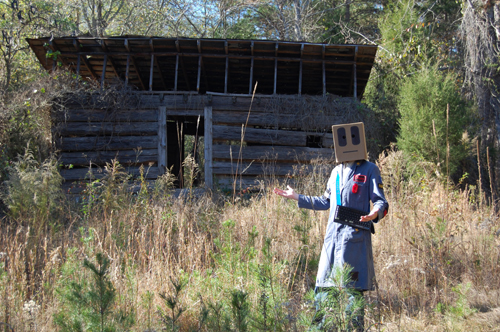
Fort Thicketty would be constructed of timbers and surrounded by an abatis, an obstacle of trees with bent limbs as sharp as daggers. |
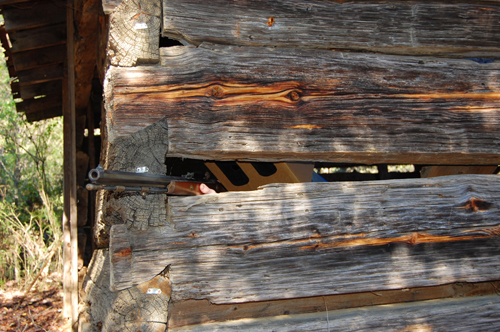
The fort would, during the later years of the Revolution, be taken by the Tory Captain Patrick Moore. Patriot Colonels Elijah Clarke, Isaac Shelby and Anthony Hampton, along with some 600 men, set out to attack the fort on July 30, 1780. Moore, faced by an overwhelming Patriot force, surrendered the fort without a single shot being fired. Among the captured were 93 Tories and a British sergeant-major. |
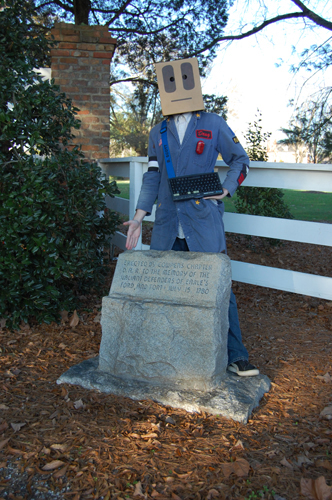
Earle's Ford and Fort would be built on the border between North and South Carolina in present-day Landrum. |
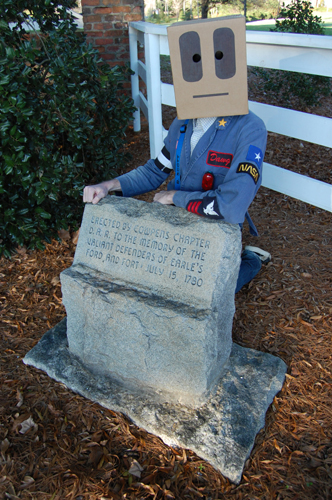
It would be there, along the North Pacolet River, that Tories and Patriots would engage on July 15, 1780. |

On that day, Tory Colonel Zacharias Gibbs would catch wind of a Patriot force in the area. Gibbs would subsequently send Captain James Dunlap to attack the camp. |
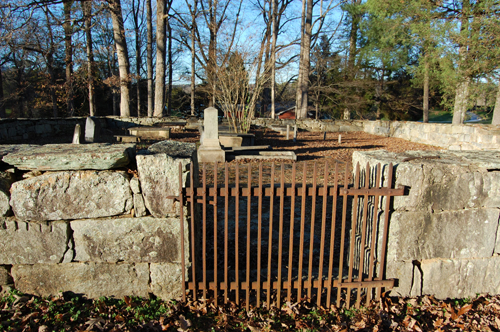
Loyalists would storm the Patriot camp, catching some still asleep in their tents. A Patriot counterattack would be ordered by McDowell, which would manage to drive away the Loyalists. In the end some 8 Patriots would be killed, with some 30 wounded. |
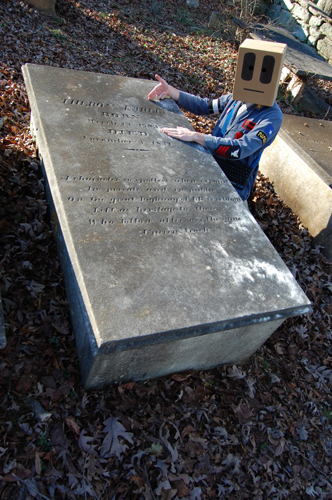
The Earle family and its descendants continue to maintain a cemetery on the property, |
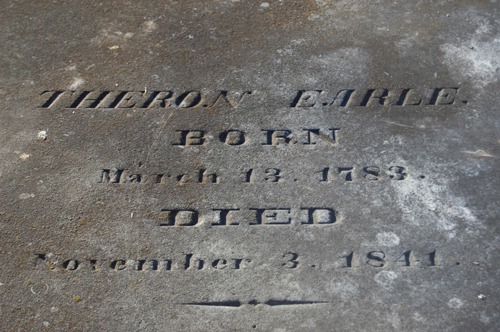
a cemetery in which those like Theron Earle, born in the years following the skirmish, rest in peace. |
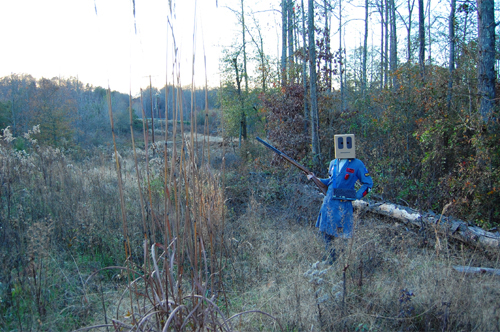
Fort Prince would be built in 1756 in the vicinity of modern Fairforest. The fort, built during the crisis with the Cherokee, would allegedly be named for a nearby resident, one John Prince. The fort is said to have been circular in shape and constructed of logs some 15 feet high. |
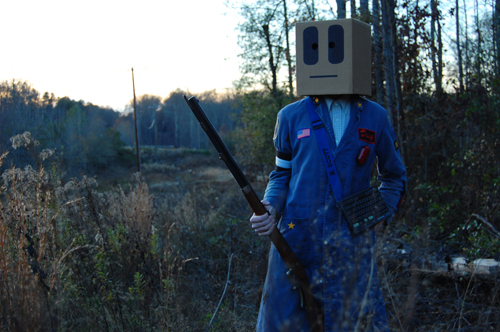
Fort Prince would be occupied early in the war by Patriots but it would later be taken by the British. In 1780, Tory Colonel Alexander Innes would send out a raiding party under Major James Dunlap who would clash with Patriot forces at Earle's Ford. |
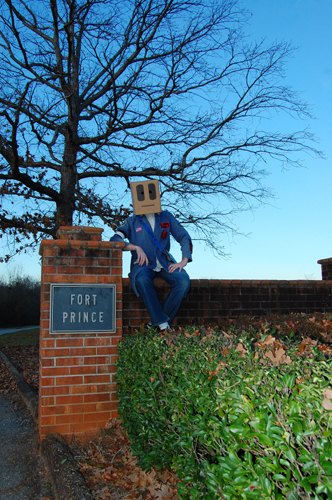
On July 15, Patriot Colonel Charles McDowell would send Captain Edward Hampton and 52 men in pursuit of Dunlap. Although the British would be overtaken and forced to make a stand, the running fight would end when the British reached the safety of the fort. |
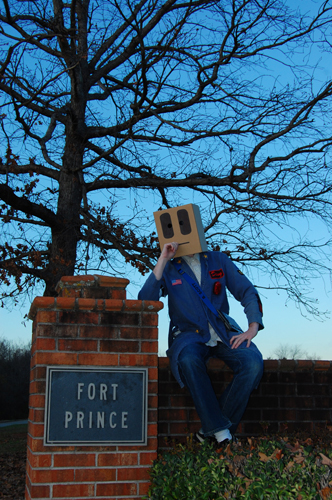
Dunlap would subsequently learn of the overwhelming Patriot force and so would abandon the fort. The war would come to an end the following year, on October 19, 1781, with the Yorktown, Virginia surrender of Major General Charles Cornwallis and the signing of the Articles of Capitulation. Slobot would like to thank the Daughters of the American Revolution, the Historical Marker Database, all those who served in the American Revolution, the other Brian Scott and YOU! |
